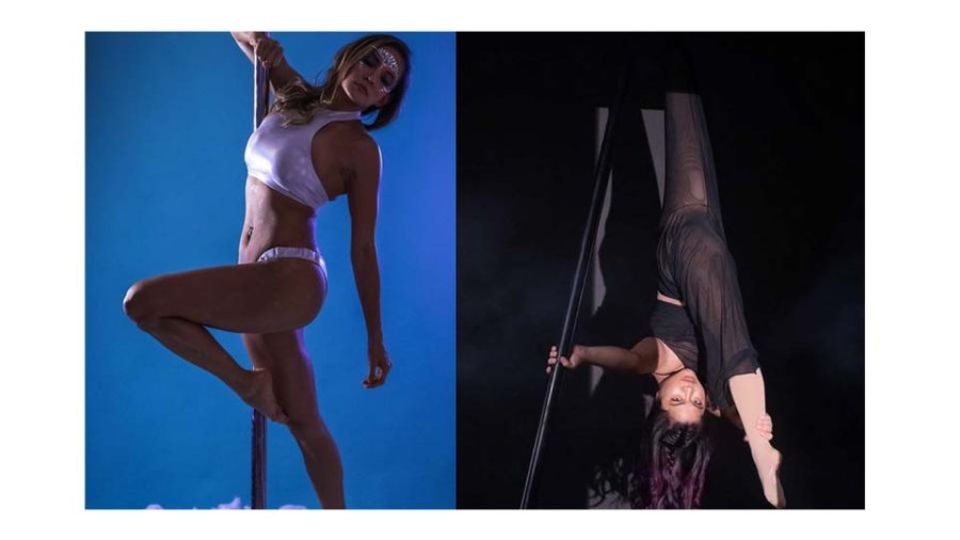September 24, 2024
MANILA – A few months ago, I posted a photo of myself doing a pretty tough pose on the pole—I was so proud of it, especially since I’d only been doing pole for less than a year. I also proudly shared it with a group of people I held dear and knew since high school.
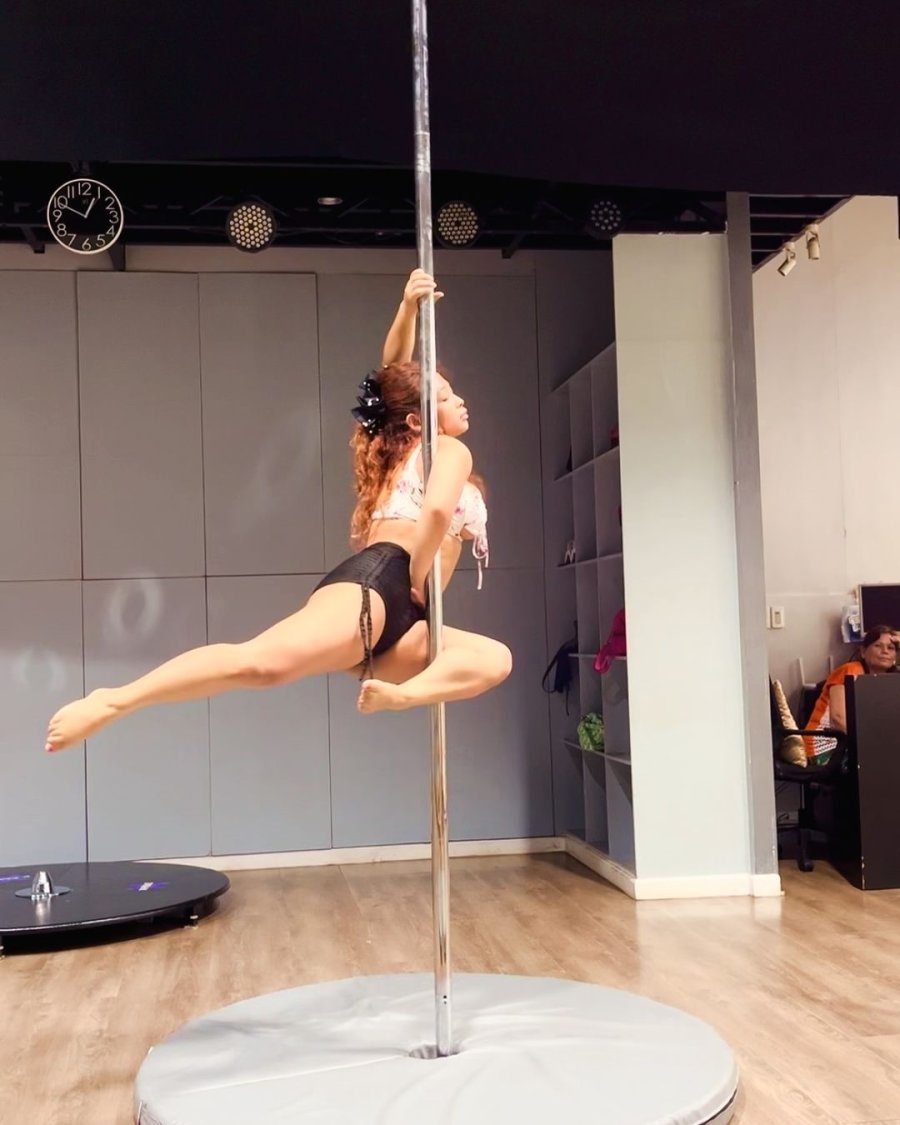
The author. PHOTO: CONTRIBUTED/PHILIPPINE DAILY INQUIRER
A few hours later, I received a message from someone I had once considered a friend, padded with pleasantries and disclaimers that she was supportive of my hobby. And then came the keyword: however.
“However, we feel this is inappropriate to post,” she said, because of its sexual nature. When I questioned why she (and apparently some other mystery people in the group who did not have the courage or kindness to approach me) thought it inappropriate, I received no answer. I then went on a tirade about how there is nothing sexual about the pose, nothing sexual about the caption, and it only makes me question where this “inappropriate sexuality” was coming from—aside from the sexuality they projected onto it and the stigma they held.
I ended my message by saying that I hope their ideas of women’s bodies and the ways we express ourselves heal someday, but it’s no longer my job to say anything further and said goodbye.
Never forgetting the roots
Pole dancing has roots we must respect in sex work. The sport and art that we delve into now, with its different styles like contemporary pole, pole fitness, etc., originated in what sex workers created. We must never forget this, and we must never forget to honor them.
However, many truly believe there has been no change since then and look down on modern pole thinking it’s still the same—even if there was nothing to look down on back then either.
International pole champion Kayleen Ortiz weighs in, saying, “Sex workers who were the first pole dancers have my greatest respect. However, I think we also have to consider that pole as a practice is constantly evolving. People do pole for so many other reasons. I’ve seen students come to pole to get over a breakup, to gain confidence in their own skin, self-expression, therapy, fitness, or art.”
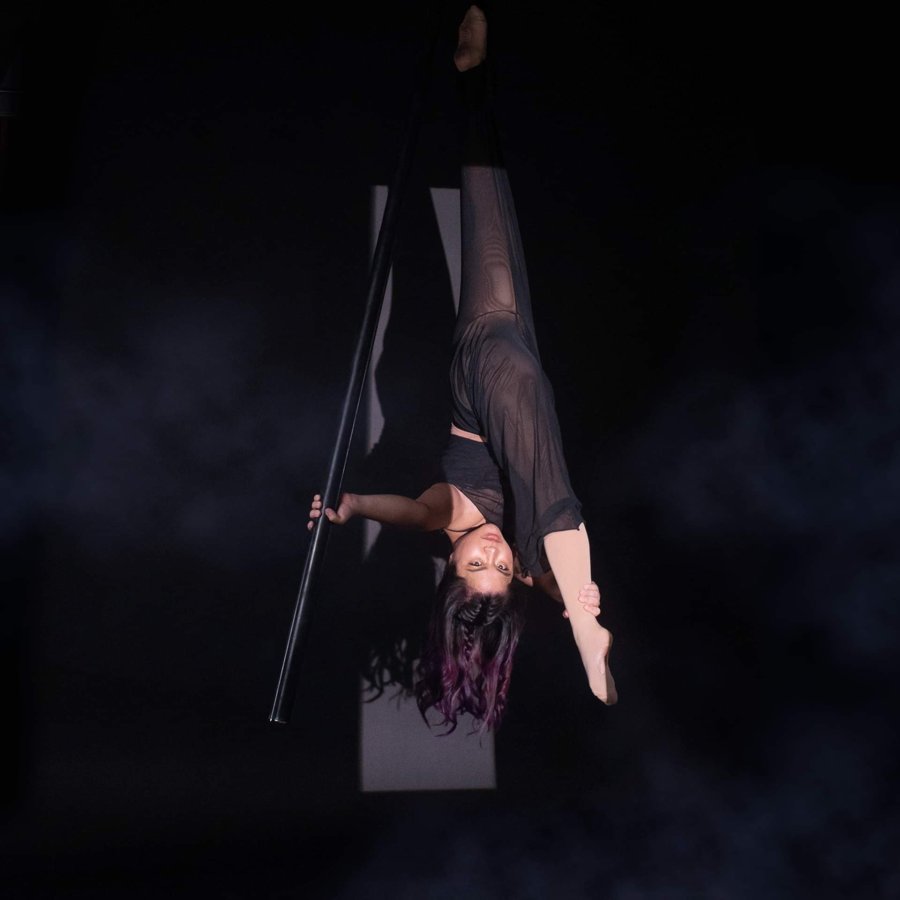
Kayleen Ortiz. PHOTO: CONTRIBUTED/PHILIPPINE DAILY INQUIRER
Eizza De Baron, occupational general manager and pole athlete for 4.5 years, also echoes this. “I do want to honor the roots of my chosen sport, being that of sex work, I am also a fervent advocate of showing how pole is a beautiful full-body workout that helps individuals of all genders explore other means of fitness apart from the more mainstream ones.”
Pole can still be sensual—if the athlete chooses it to be
Just like any other form of expression, you can choose to be sensual on any apparatus, dance form, or whatever you do. The pole is just another apparatus you can choose to be sensual on, like a chair or an aerial hoop. Sensuality is not centered in the apparatus alone but in the person who makes an active, empowered choice to do it.
Rob, serial hobbyist and pole athlete for seven months now, offers his perspective: “As someone who also explores other sensual dance styles, [being sensual on the pole] is similar. It’s all about intention. The pole is a tool. Dancing is a form of expression. Neither of those things are sexual in nature, but they can be if that’s the intention… I think it’s a shame that some people refuse to acknowledge the positive effects of pole because of their ingrained biases.”
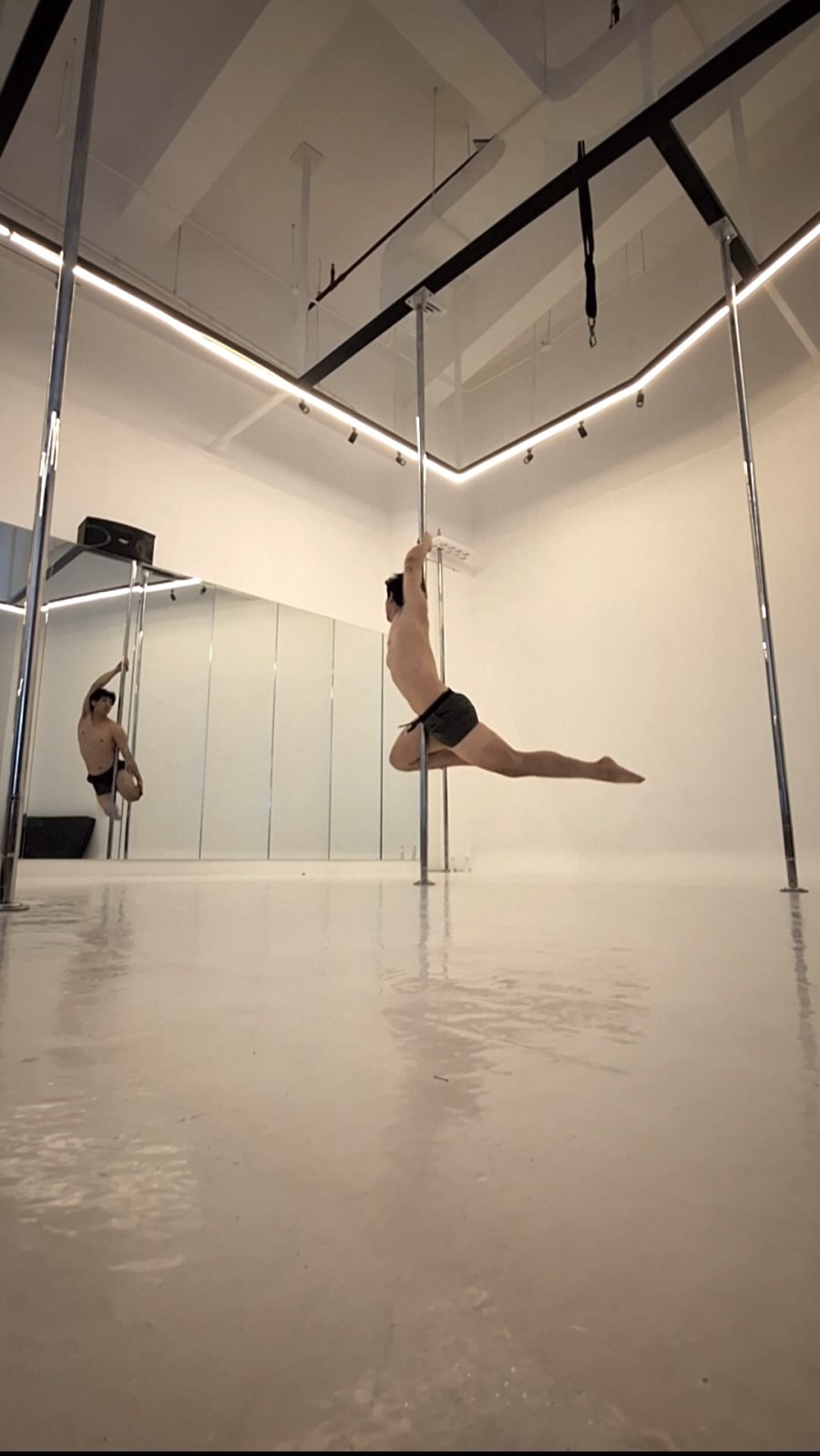
Serial hobbyist and pole athlete Rob. PHOTO: CONTRIBUTED/PHILIPPINE DAILY INQUIRER
Choosing to be sensual on the pole is not because the pole holds inherent sensuality but because you can choose to be sensual on any apparatus.
Ortiz agrees. “To me, sensuality is movement, and all movement is valid. I don’t feel a particular difference on the pole or any other apparatus. At the end of the day, the apparatus is a tool for self-expression. You are the mover. You give meaning to your movement and apparatus, not the other way around.”

Kayleen Ortiz. PHOTO: CONTRIBUTED/PHILIPPINE DAILY INQUIRER
Society’s view today
When one of my friends’ aunts heard that pole dancing may become an Olympic sport, she scrunched her nose and said, “Ay ang bastos.” I asked her to explain why. She could not. I just smiled. “Tita, what’s bastos about it ba?” Again, no answer.
With how pole is viewed these days, it’s still clear that the stigma persists. Though many in the community are happy that it’s not as bad as it used to be.
“The stigma is definitely less compared to when we started 15 years ago. Now, society is more open to the idea of pole as a sport, an art form, and the many things that it could be for the person practicing pole,” says Ortiz.
When it comes to breaking down these stereotypes and more open-minded communities, exposure plays a big part.
“Generally, I’ve noticed people with dancing backgrounds are more open to pole. I think the stigma comes from a lack of real exposure to pole as an art form and sport,” says Rob.
Finally, responding to negative, degrading comments that aim to sexualize has become easier—especially for De Baron. “I have experienced [having to educate others] multiple times, and the best rebuttal I have always given is to challenge their fitness level by asking them to perform certain movements that pole dancers do gracefully. This is to expand their thinking as to whether pole is just all about showcasing sexiness or it has an element of fitness and technique.”
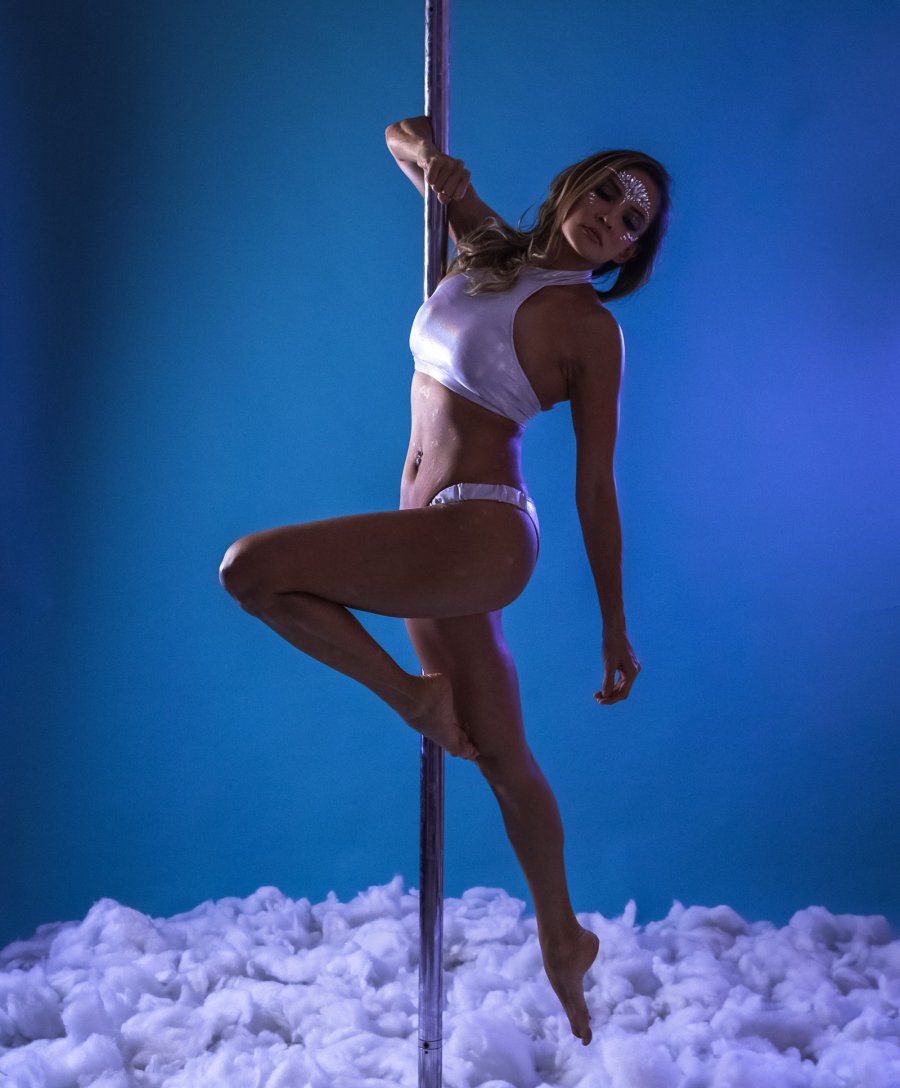
Eizza De Baron. PHOTO: CONTRIBUTED/PHILIPPINE DAILY INQUIRER
What pole dancing has given some of our athletes
Pole dancing has become a form of expression and empowerment for myself and for other pole athletes. When I choose to do sensual pole, it is because it’s something I want for myself. When I choose to do difficult tricks, it is to celebrate my strength—just like any other sport.

The author. PHOTO: CONTRIBUTED/PHILIPPINE DAILY INQUIRER
“Because of pole, I am able to serve as an instrument to help others find their own strength. Being a teacher and a studio owner has given me the chance to witness so many stories of self discovery, of triumph, of self love. Pole has empowered me to empower others. That’s a gift I would not trade for anything,” says Ortiz, agreeing that pole has become empowering.
De Baron doubles down on this, saying, “I feel empowered knowing that I am able to create and express myself via pole and that I see others being inspired to try my chosen sport. Most of them share the same misconceptions I once had.”
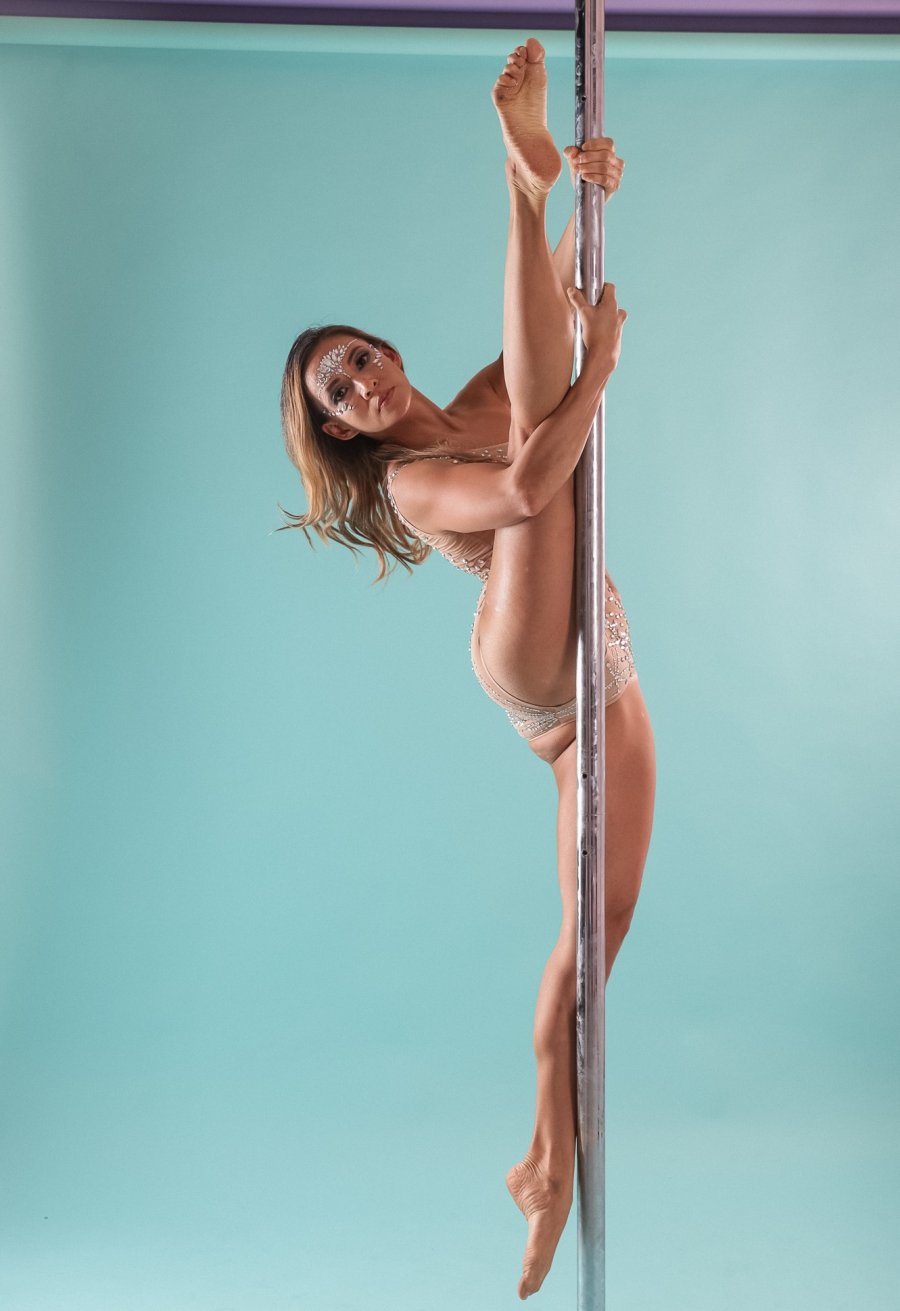
Eizza De Baron. PHOTO: CONTRIBUTED/PHILIPPINE DAILY INQUIRER
Finally, Rob weighs in as a male-presenting person also doing pole, saying, “I was afraid that I might be seen as invasive. For some of the women I’ve met, this space is their place of empowerment. I thought that, while I might be welcome, there was a respectful distance between me and everyone else. Thankfully, it’s been the complete opposite. The community is really inviting, and I’ve made so many good friends in the short time I’ve been here.
“There’s a lot to be said about how pole, and the community, can empower you. I personally feel safe and supported during classes. Wins are celebrated, and ‘failures’ are better taken in stride because of my classmates and teachers.”


